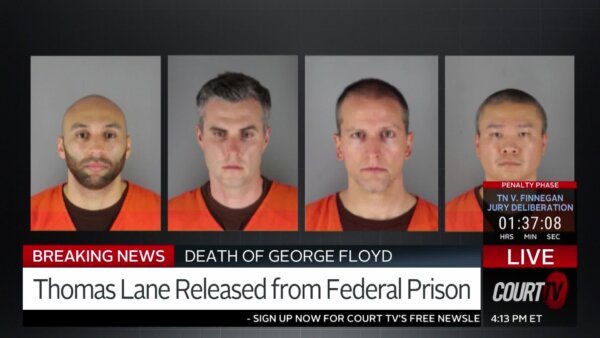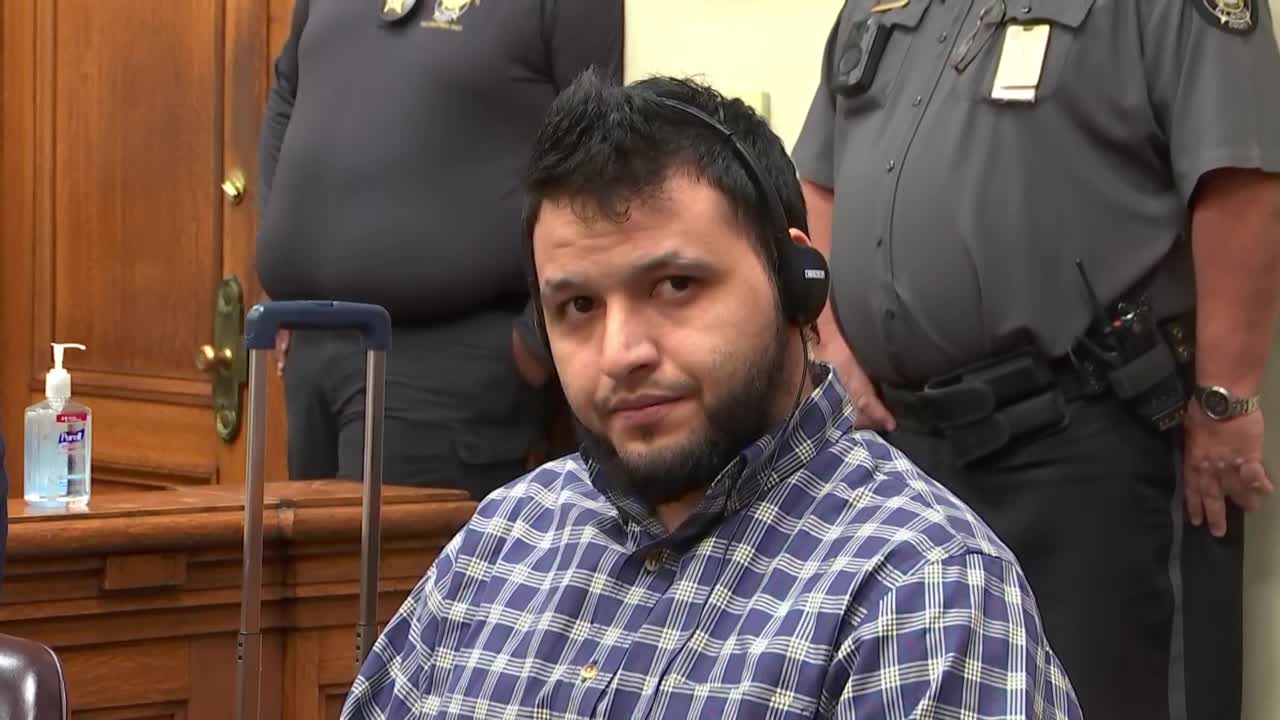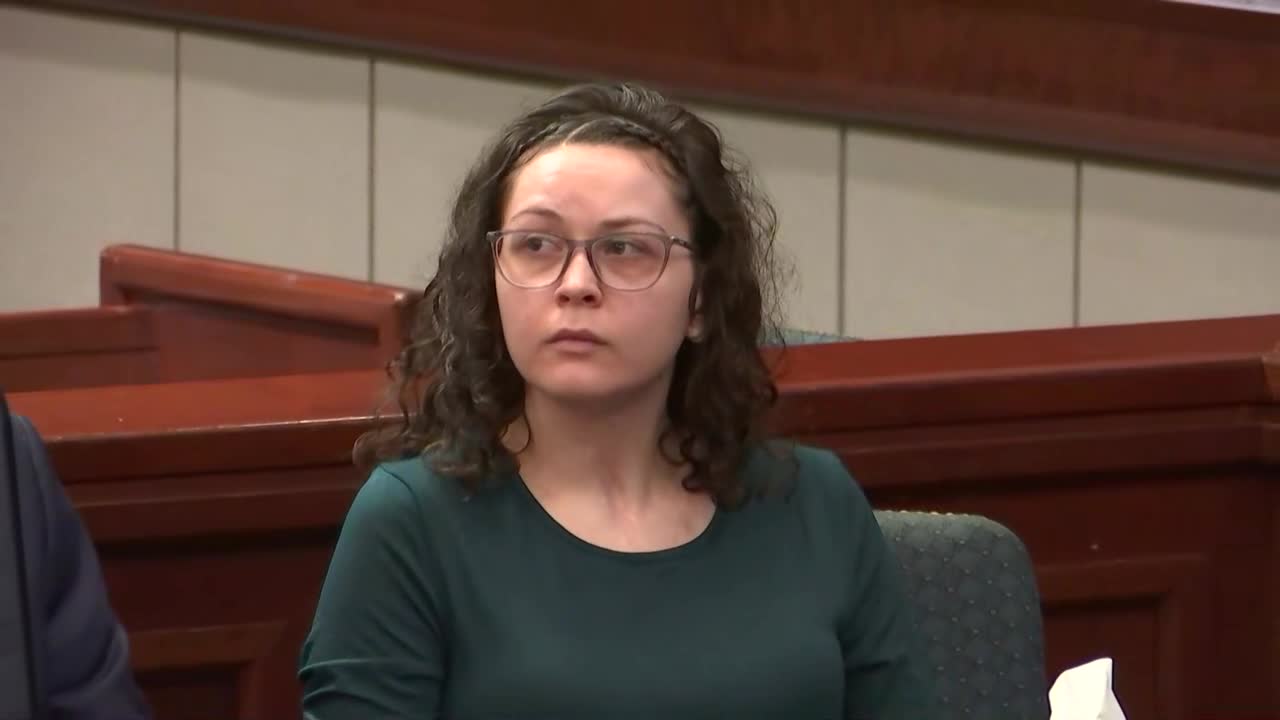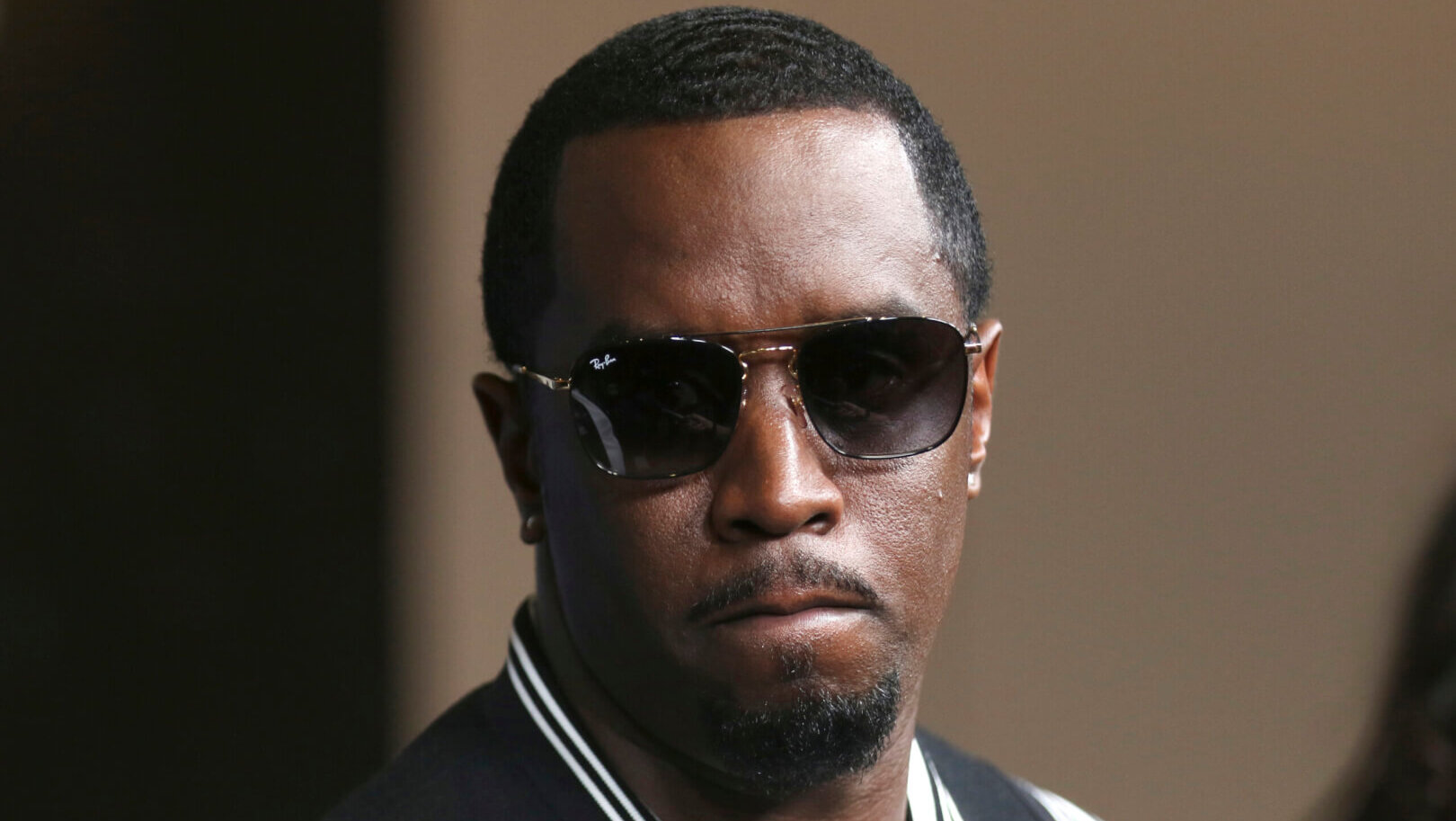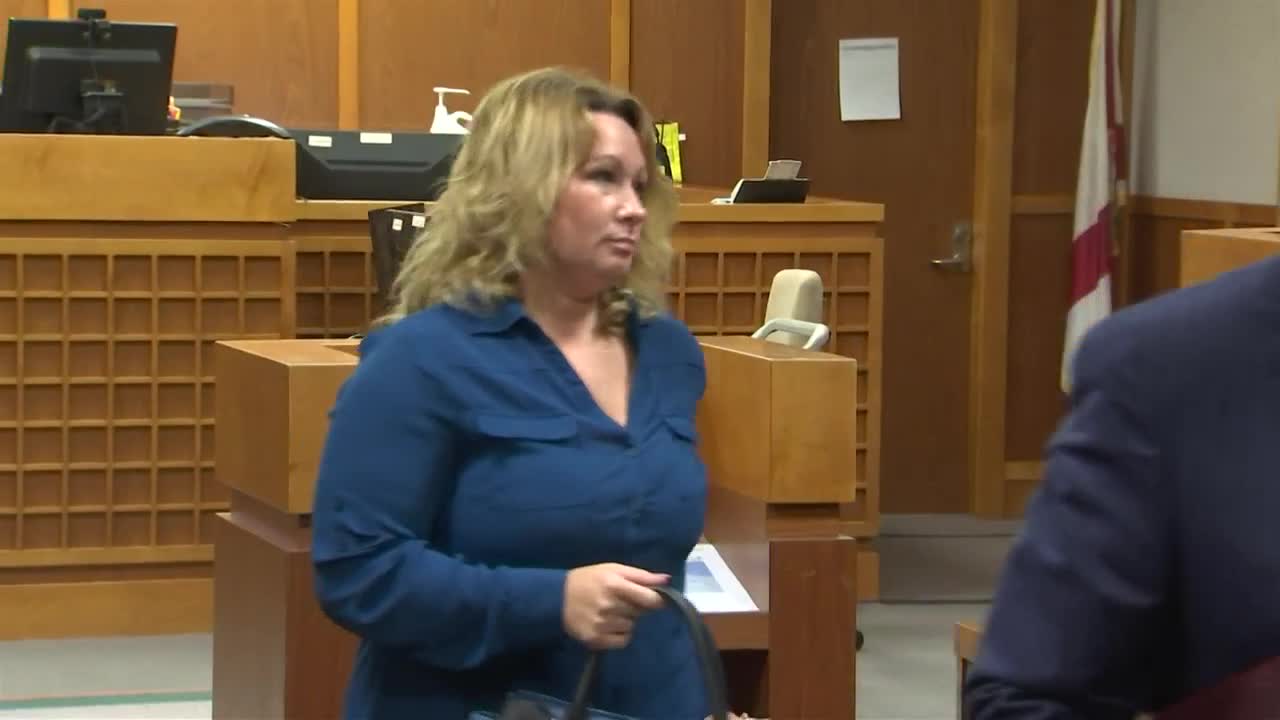MINNEAPOLIS (AP) — George Floyd died of a lack of oxygen from the way he was held down by police, a retired forensic pathologist testified Friday at former Officer Derek Chauvin’s murder trial.
>>>READ MORE: MN v. Chauvin: Daily Trial Highlights
The testimony of Lindsey Thomas, who retired in 2017 from the Hennepin County Medical Examiner’s office in Minneapolis, bolstered the findings of other experts on Thursday who rejected the defense theory that Floyd’s illegal drug use and underlying health problems killed him.
Thomas, who did not work on Floyd’s case, said the “primary mechanism of death” was asphyxia, or insufficient oxygen — a conclusion she said she reached mostly from video that showed the 46-year-Black man struggling to breathe as Chauvin knelt on his neck and two other Minneapolis police officers helped hold him down last May.
“This is a death where both the heart and lungs stopped working. The point is, it’s due to law enforcement subdual, restraint and compression,” Thomas said.
The autopsy itself ruled out heart attack, aneurysm and other causes, and Thomas said it was not a drug overdose death, either.
“There is no evidence to suggest he would have died that night except for the interactions with law enforcement,” she testified.
Hennepin County Medical Examiner Andrew Baker, a former colleague of Thomas’ who was expected to testify later, concluded that Floyd died from cardiopulmonary arrest — that is, his heart stopped — complicated by the way law enforcement restrained him and compressed his neck.
Thomas said she agreed with Baker’s findings, but she went further in specifying Floyd died of asphyxia. She said that there was nothing in Floyd’s autopsy that said that, but she said that is not uncommon.
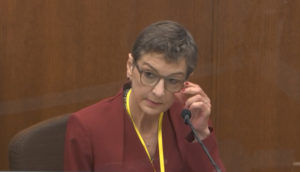
In this image from video, Dr. Lindsey Thomas, a forensic pathologist, now retired, testifies as Hennepin County Judge Peter Cahill presides Friday, April 9, 2021, in the trial of former Minneapolis police Officer Derek Chauvin at the Hennepin County Courthouse in Minneapolis, Minn. Chauvin is charged in the May 25, 2020 death of George Floyd. (Court TV)
Chauvin, 45, is charged with murder and manslaughter in Floyd’s death May 25 after kneeling on him for what prosecutors say was almost 9 1/2 minutes. Floyd was arrested outside a neighborhood market after being accused of trying to pass a counterfeit $20 bill.
Bystander video of Floyd crying that he couldn’t breathe as onlookers yelled at the white officer to get off him sparked protests and scattered violence around the U.S.
Chauvin attorney Eric Nelson has argued that the now-fired white officer did what he was trained to do and was not responsible for Floyd’s death. Floyd had high blood pressure and heart disease, and an autopsy found fentanyl and methamphetamine in his system.
Under cross-examination by Nelson, Thomas said she believed Floyd’s heart was “slightly” enlarged.
Nelson asked Thomas about what could cause a heart to suddenly stop beating, noting that Floyd’s bigger heart needed more blood and was working hard in a moment of stress and adrenaline, and that one of his arteries had a 90% blockage.
Thomas said any blockage over 70% to 75% could be used to explain death, in the absence of another cause. But she also said some people can live just fine with an artery that is fully blocked.
The defense attorney pressed Thomas by posing a hypothetical question.
“Let’s assume you found Mr. Floyd dead in his residence. No police involvement, no drugs. … The only thing you found would be these facts about his heart. What would you conclude to be the cause of death?” Nelson asked.
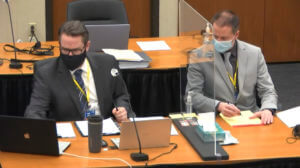
In this image from video, defense attorney Eric Nelson, left, and defendant, former Minneapolis police Officer Derek Chauvin, right, listen as Hennepin County Judge Peter Cahill presides Friday, April 9, 2021, in the trial of Chauvin at the Hennepin County Courthouse in Minneapolis, Minn. Chauvin is charged in the May 25, 2020 death of George Floyd. (Court TV)
“In that very narrow set of circumstances, I would probably conclude that the cause of death was his heart disease,” Thomas replied.
>>>HOW TO WATCH: Court TV’s Live Coverage of MN v. Derek Chauvin
Floyd’s death certificate listed certain contributing conditions: narrowed arteries, high blood pressure, fentanyl intoxication and recent methamphetamine use. But Thomas said that they did not directly cause his death and that such factors are commonly included on death certificates to inform public health officials.
Instead, Floyd died because the position of his body — lying on his stomach, his hands cuffed behind his back and officers pressing their body weight into him — made it impossible to breathe, said Thomas, who called Floyd’s death “so well-documented” because of extensive video evidence.
For the first time, a seat designated for Chauvin’s family was occupied Friday, by a woman. She wasn’t immediately identified. Chauvin’s marriage ended in divorce in the months after Floyd’s death.
Also on Friday, Judge Peter Cahill called in a juror and questioned her about whether she had been subject to any outside influences. She replied that she briefly saw TV coverage with the sound off and said that her mother-in-law had texted her, “Looks like it was a bad day” but that she didn’t reply.
The judge allowed her to remain on the jury.









